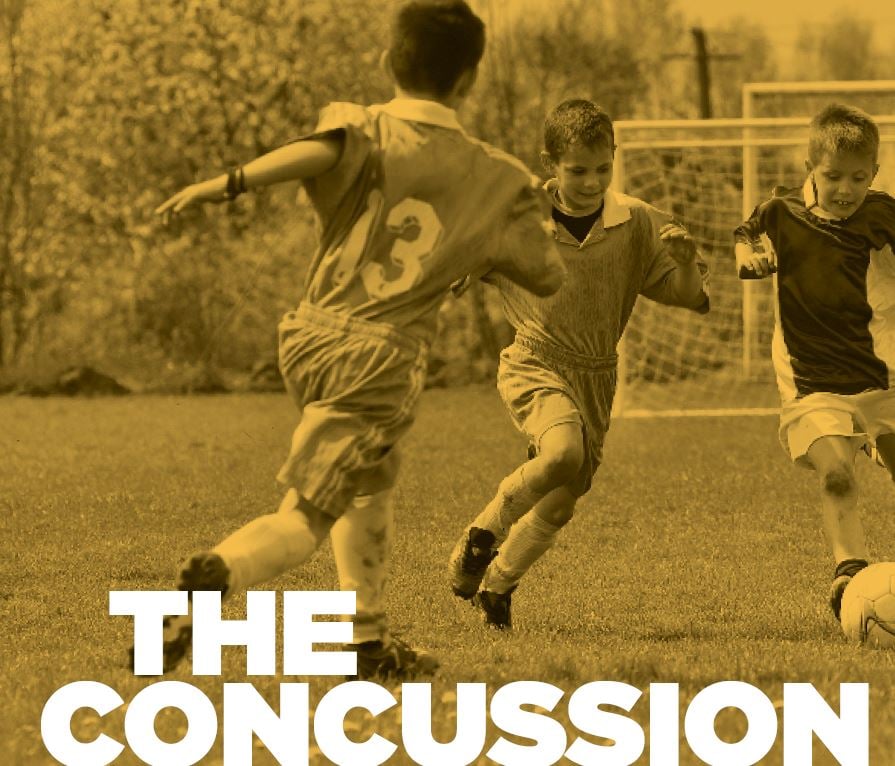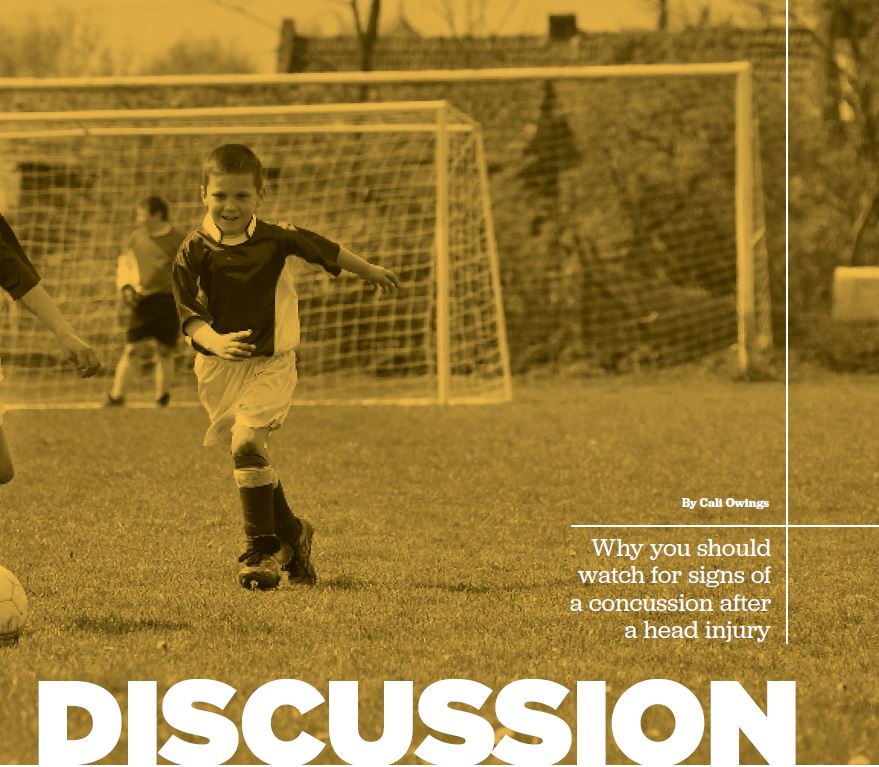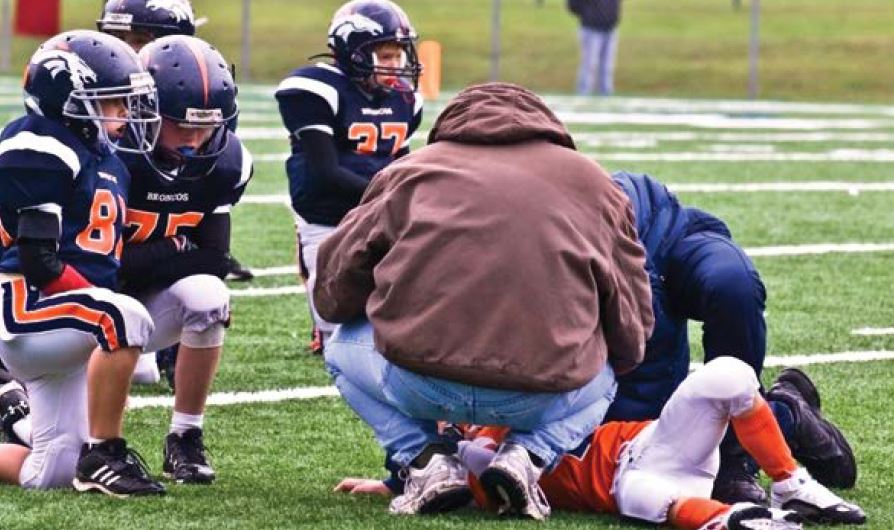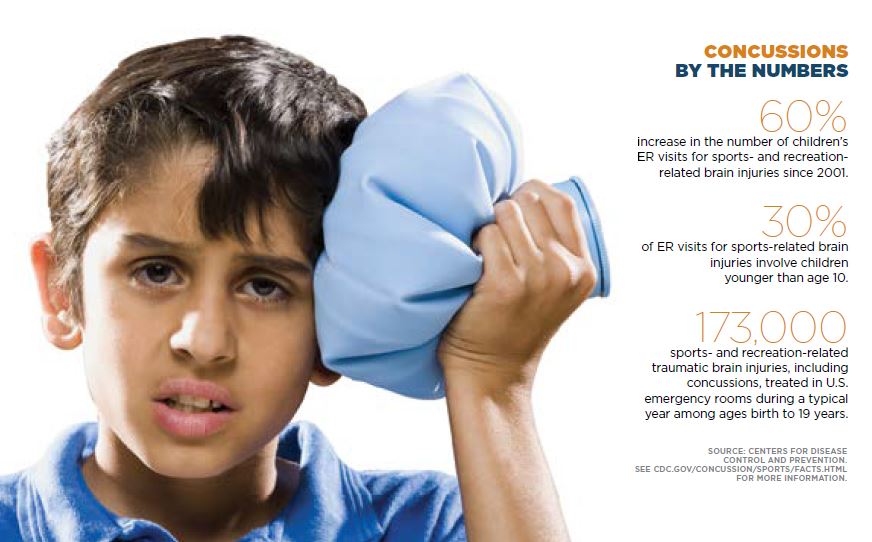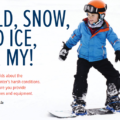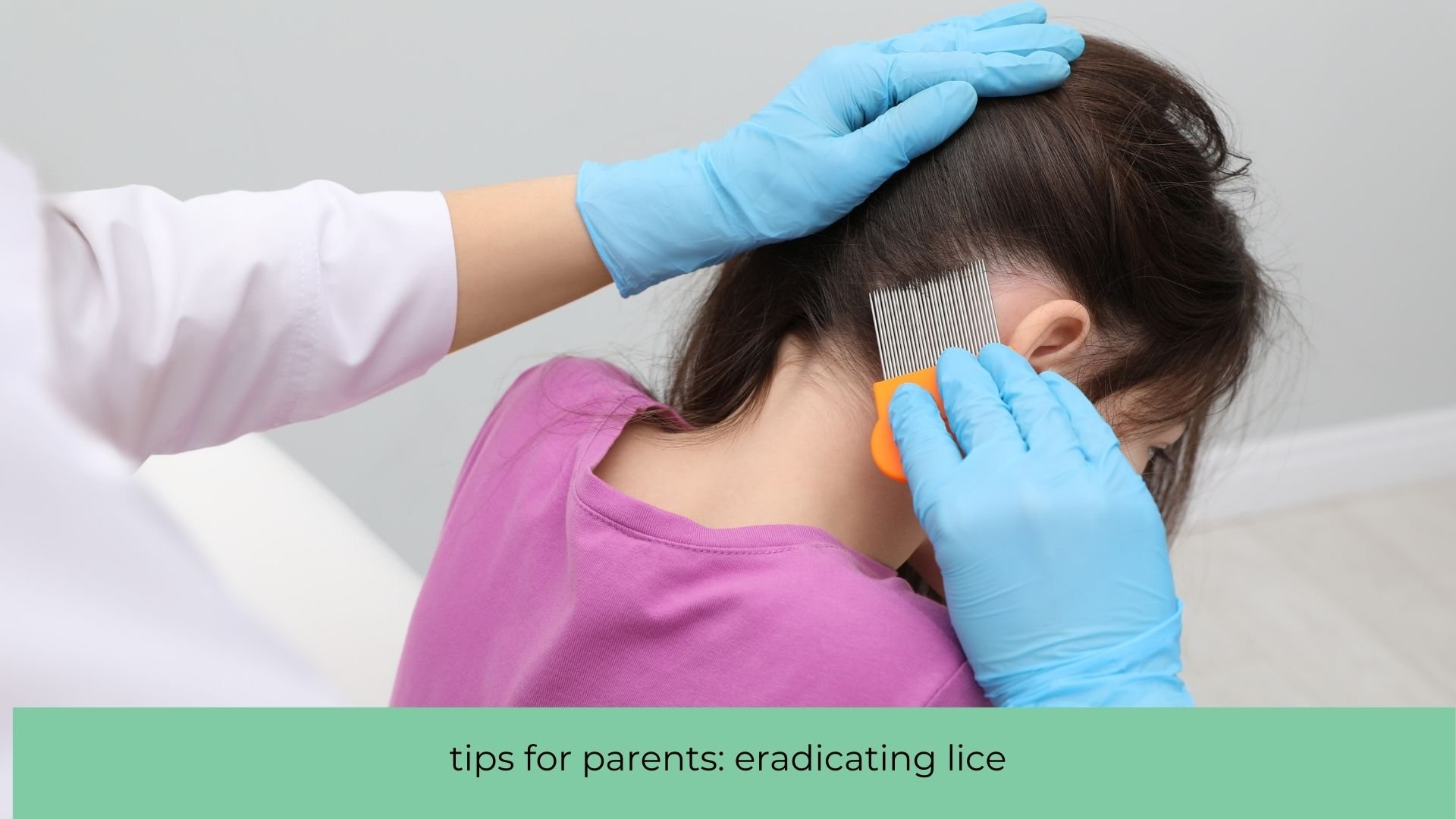It’s spring, and that means (finally!) it’s time to get outside and play!
And with all the excitement — and often fast and furious play — kids can get hurt. Bumps and bruises are common, of course, but what should you do when your little one suffers a head injury? Should you be looking for signs of a concussion?
Experts in pediatric health and coaching say the answer is yes — even among younger kids engaging in low-contact sports.
Activities associated with the greatest number of brain injuries, according to the CDC, include bicycling, football, basketball, soccer, and playground activities. -SOURCE: CENTERS FOR DISEASE CONTROL AND PREVENTION
During the last decade, emergency room visits for sports- and recreation-related traumatic brain injuries, including concussions, among children and adolescents have increased by 60 percent, according to the Centers for Disease Control and Prevention.
Dr. David Soma, who practices pediatrics and sports medicine at the Mayo Clinic in Rochester, Minn., said it’s not just high-contact sports like football and hockey that lead to concussions. He’s seen patients between age 6 and 9 with concussions from playing games like soccer and baseball. In fact, the activities associated with the greatest number of brain injuries, according to the CDC, include bicycling, football, basketball, soccer and playground activities.
“Whenever a child is involved in any sport — be mindful of the signs and symptoms of a concussion,” Soma said, adding that noticing those signs can be tricky because many of the telling symptoms occur in the week after the injury. And, in many cases, children can have trouble articulating those symptoms.
Recognizing the signs
Soma said parents should watch for symptoms in four key areas: physical, cognitive, emotional and sleep. Headache, balance issues and dizziness can be physical symptoms, Soma said. Feeling slow, foggy, having trouble concentrating and just feeling “off” are mental clues to concussion. Emotionally, a child might be irritable or cranky. Finally, sleep can be affected. Some children with a concussion are very sleepy, while others can’t sleep at all, Soma said.
Misconceptions about concussions abound, including the belief that concussions occur only if a person is knocked unconscious, even though less than 10 percent of concussions actually involve loss of consciousness, Soma said. And, sometimes, serious head injuries are passed off as “just getting your bell rung.”
The Minnesota Brain Injury Alliance aims to dispel such misinformation — and to spread awareness of the fact that concussions are traumatic brain injuries that require recovery time. In 2011, the alliance helped legislators create Minnesota’s Concussion Law, which established concussion protocols for all public and private youth activities that charge participation fees.
“A concussion is a brain injury. It’s any blow or impact to the body or head that impacts or disrupts the normal function of the brain,” said David King, executive director of the alliance.
Minnesota’s law has started conversations about concussions in a wide range of youth athletic programs, from high-contact sports like football and hockey to independent activities like swimming, dance and gymnastics. Because of the law, all coaches and officials are required to complete training about concussion risks, signs and symptoms.
Coaches and referees are also required to remove athletes from a game or practice if athletes show signs, symptoms or behaviors associated with a concussion. After a player is removed, the player cannot participate until he or she no longer exhibits symptoms and is cleared by a medical provider.
“This is not about not having youth engaged in sports or pulling youth out of sports,” King said. “It’s about giving them time to heal once they’ve sustained a concussion.”
Allowing recovery time
While it’s not possible to prevent every bump, fall or collision on the court, field or playground, parents can help ensure a full recovery after a concussion.
“The majority of kids who sustain concussions are going to have 100 percent recovery,” King said.
The Minnesota Brain Injury Alliance and others recommend the Centers for Disease Control and Prevention’s five-step Return to Play Progression before players who’ve had a concussion get back in the game: First, an athlete must have complete rest. After 24 symptom-free hours, the child may try a few minutes of light aerobic exercise. The second step is adding moderate exercise with limited body and head movement. The third is a return to non-contact exercise that’s close to the athlete’s typical routine. It can be high-intensity, but should not include contact sport drills. After, a player can return to full-contact practice. The fifth and final step is a return to competitive play and the ability to participate in games.
Usually, concussions will be resolved within seven to 10 days, Soma said. But the younger the child, the longer the symptoms usually last. For children with concussions, Soma said it’s best to err on the side of caution.
“Take it seriously because they do have a developing brain,” he said.
Though annual sports physicals aren’t usually required for younger athletes, Soma said to let your child’s medical provider know that the child is participating in sports during your regularly scheduled visits. This will make it easier to track your child’s history of sports-related injury, even through the early years.
Strategies for safe teams
Most youth leagues discuss their concussion policies and procedures with parents before the start of the season.
The Minnesota Youth Soccer Association, for example, adopted a concussion policy and provided it to its 140 member clubs, which oversee 70,000 players ages 3 to 19. It supports the provisions in the state law and also requires coaches to notify parents if a concussion may have occurred.
Association director Candace Daley said most clubs adopted their policy, but others created their own or follow more strict policies laid out by the Minnesota State High School League. Leagues can also limit activities that may lead to head injury. For soccer, Daley said the MYSA provides guidelines to teams for “heading” or using the head to gain control of the ball.
“From the safety standpoint, it’s just not the best way to control the ball or play the game,” she said.
The association does not recommend any heading activity at all for younger players in practices or games. And even among older kids, they try to limit the use of the move.
Training now required by state law will help not just paid coaches but also volunteers, who make up the majority of coaches working with youth teams, said Daniel Klinkhammer, executive director for Minnesota Youth Athletics Services.
Because volunteers don’t typically have backgrounds in sports injuries, they especially need free, easily accessible education in concussion protocols, Klinkhammer said. Later this year, Minnesota Youth Athletics Services will launch a one-stop shop to help leagues train and background their coaches.
Daley said the new law empowers coaches and officials to remove players after a possible concussion — even if a player or parents say otherwise.
“Parents sometimes get caught up on the emotional side. They don’t necessarily understand the impact,” she said. “Now we have a way to step in and pull a child from a game if we believe there’s a safety issue.”



